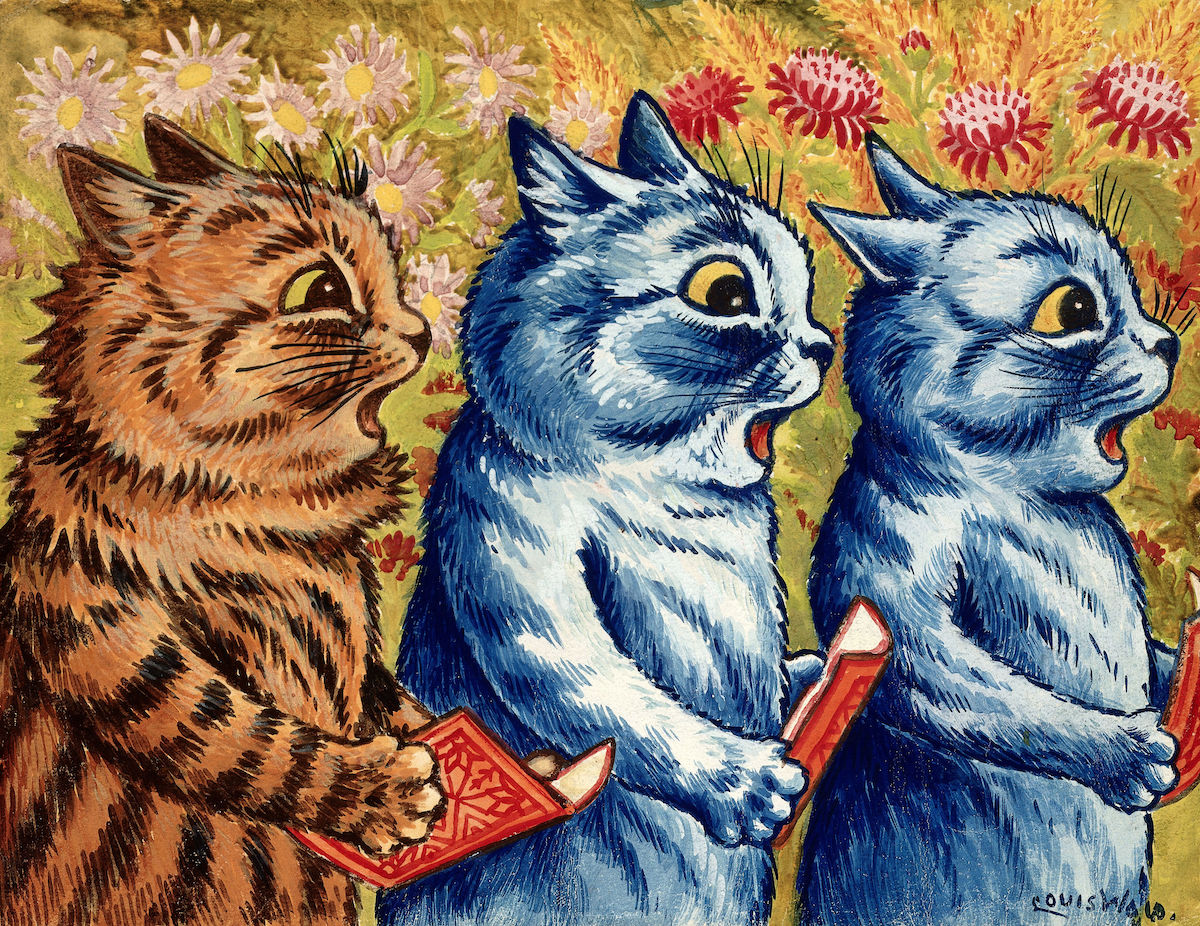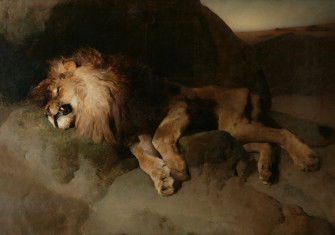‘Catland’ by Kathryn Hughes review
Catland: Feline Enchantment and the Making of the Modern World by Kathryn Hughes follows the reinvention of the cat from working animal to purrfect pet.

According to Kathryn Hughes, the years between 1870 and 1939 were big for cats, as they underwent an image overhaul from tolerated working animals – or reviled pests – to beloved domestic companions. It was in this period, says Hughes, that cats ‘swapped the status of scullery servant for that of much-loved family member’. At the centre of her account is the eccentric (and more than a little tragic) artist Louis Wain, who became wildly famous in the late-19th and early-20th centuries for his anthropomorphic drawings of ‘cats living modern lives’. Catland, then, is a book about the creation of the modern cat and a biography of the man who drew them into being.
The book alternates between a focus on Wain’s life and an examination of the period’s wider cat culture. We learn about Britain’s first professional cat show in 1871, the criminal career of Arthur Edward Young (the first man to earn the nickname of ‘cat burglar’) and how the stereotype of the ‘mad cat lady’ developed. But while the book is primarily concerned with cultural history and biography, Hughes is also very skilled at analysing Wain’s art itself. One of her recurring themes is the way in which cats – and the various different relationships that humans constructed with them in this period – obliquely register different aspects of Victorian life and culture. For instance, Hughes describes the life of Wain’s mother, Julie, and details the prevalent association between cats and idealised representations of motherhood in earlier Victorian art alongside an analysis of several of Wain’s illustrations of (highly anthropomorphised) mother cats, who tend to ‘look anxious, bored and even angry, as if they would rather be doing something else entirely’. Cats were, as Hughes describes, often ambiguously gendered. One of the book’s most interesting chapters delves into the peculiar (and, to modern eyes, counterintuitive) way in which cats figured in anti-suffragette propaganda in the early 1900s. The cat, like the suffragette, could be pejoratively framed as embodying the worst aspects of unaccountable femininity: ‘arbitrary and cruel, prey to fashionable whims and unaccountable desires … slinky and spiteful, loyal to no one but themselves’. At the same time, campaigners for women’s rights derided the Prisoners Temporary Discharge for Ill-Health Act (1913) – which allowed medical authorities to authorise the temporary release of hunger-striking prisoners from jail, only to immediately rearrest them as soon as they regained their health – as the ‘Cat and Mouse Act’. The cat’s unaccountable fickleness and predatory cruelty, then, could be used to castigate both the suffragettes and the powerful patriarchal authorities arrayed against them.
Elsewhere Hughes delves into the racial and sexual overtones of Victorian cats. The cat’s oddly peripheral domesticity made it an ideal companion for queer men such as Edward Lear. Unlike the hearty, dependable dog, cats could seem at once part of a household and resolutely independent of it, able to vanish in an instant and more than capable of enjoying their own enigmatic nocturnal lives. Hughes draws elegant comparisons between the life of the ‘confirmed bachelor’ and the eccentric and flâneur-like existences of their cats. Her chapter on the ‘Yellow Peril’ pulls off similarly adroit analysis. As cats became more mainstream, their breeding caused concern as well. Anxieties surrounding the categorisation of Siamese cats reflected pervasive worries over race and the potential political ascendancy of Asian nations.
Ultimately, Catland is a tour de force of (cat) history: sleek, elegant and razor-sharp when needed. As Hughes shows, ‘it is not only human animals who make history’.
-
Catland: Feline Enchantment and the Making of the Modern World
Kathryn Hughes
Profile, 432pp, £25
Buy from bookshop.org (affiliate link)
Douglas R.J. Small is Lecturer in 19th-Century Literature at Edge Hill University.






